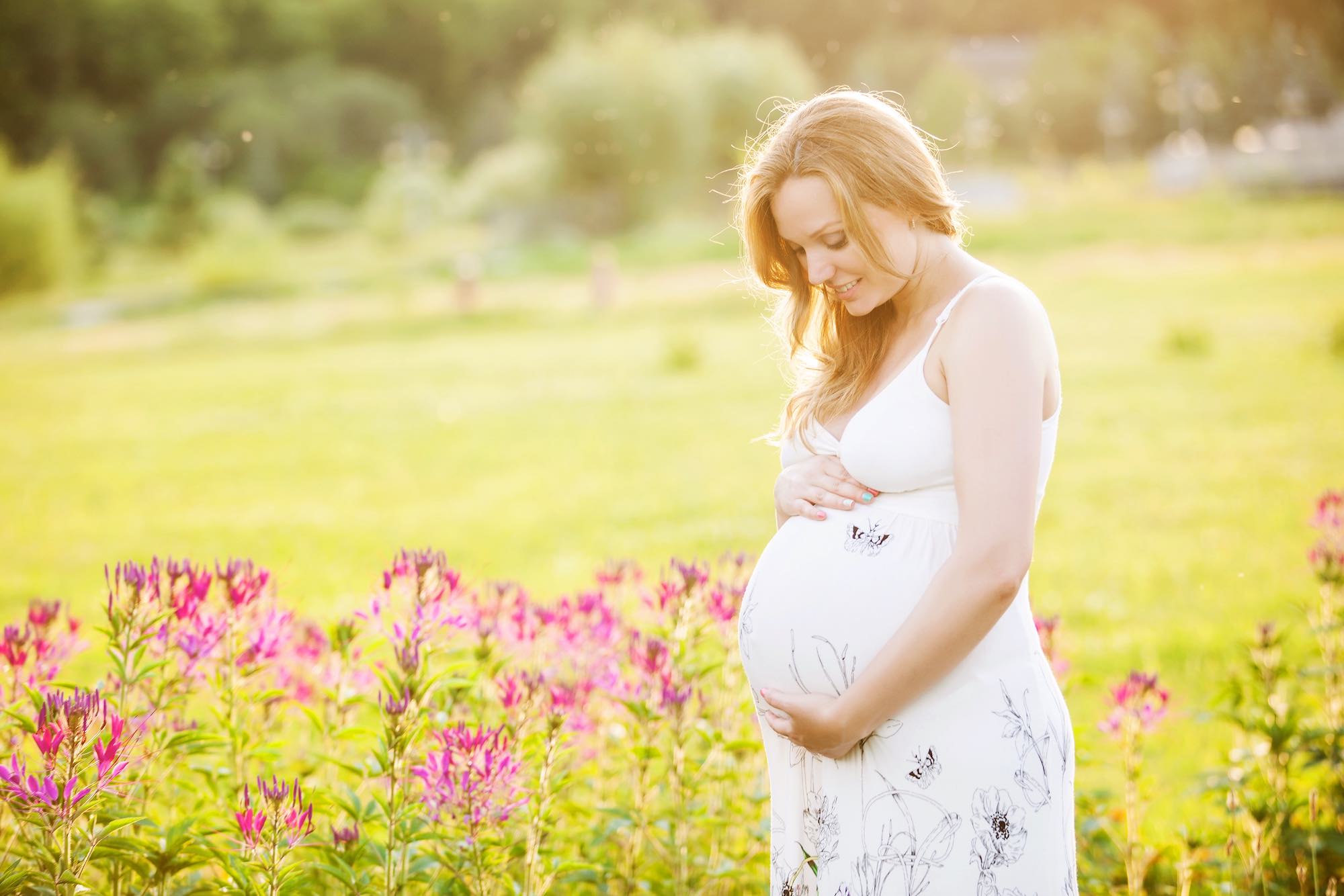Last menstrual period date:
Why am I spotting? It is important to find out why you are spotting in your pregnancy.

You just got the news that your baby is growing healthy. In the meantime, back home, you notice several little red spots on your underwear, very similar to vaginal bleeding but not very intense.
Spotting and vaginal blood discharge during first trimester pregnancy is common. No worries!
In order to prevent any health issues, it is important that we know all the possible causes and check again if our baby is healthy.
Spotting during first trimester
Studies have shown that nearly 20% of pregnant women may experience this during the first trimester. To find out why this is so common for first trimester pregnancy, here are some possible causes:
Implantation bleeding: Pregnancy normal spotting may occur within 6-12 days after you conceive. As the fertilized egg implants in the lining of your uterus this process, this egg implantation may cause a bit of bleeding. Women haven’t realized they are pregnant and they usually think that this is their period. Implantation bleeding and spotting can last from a couple of hours to few days.
Miscarriage: During early pregnancy if the woman notices red spots or light bleeding, first thing that pops in her mind is miscarriage. Yes, miscarriage is the most common reason for spotting and vaginal bleeding during early pregnancy. Namely half of the women who experienced bleeding in pregnancy end up with miscarriage. Spotting doesn’t necessarily mean that you are going to have a miscarriage, because it is usually accompanied with strong cramps, lower abdomen pain and parts of tissue passing through the vagina.
Ectopic pregnancy: Ectopic pregnancy means that the fertilized embryo is not implanted inside your uterus. It is usually localized in the fallopian tubes. If the embryo continues to grow, this will cause the fallopian tube to burst (life threatening to the mother). The implantation of the egg outside the uterus may cause brown spotting or vaginal bleeding accompanied with sharp abdominal cramps and pain in the lower abdomen.
Molar pregnancy: A rare condition in which we do not have real pregnancy. No baby just an abnormal tissue growing inside the uterus which can be infected with cancerous tissue and spread in other parts of the body.
Cervical changes: Chances of cervical bleeding during the first trimester of pregnancy are much bigger because of the extra blood flow. Any kind of contact with the cervix such as Pap test or intercourse can trigger bleeding. This type of bleeding is really not a cause to be concerned.
Vaginal or cervical infection: Infection of the vagina or cervix such as sexually transmitted infections (chlamydia, herpes, mycoplasma or gonorrhea) can trigger bleeding in early pregnancy.
Spotting and vaginal bleeding in late pregnancy
Any kind of abnormal bleeding in the second or third trimester of pregnancy is a sign that you or your baby may be in danger. Do not hesitate to call your doctor or midwife immediately. Here is a list that contains a few possible causes of bleeding:
Placenta Previa: The placenta is set low in the uterus and it doesn’t cover the entire opening of the birth canal. The bleeding in the Placenta Previa is painless which requires an urgent medical attention.
Uterine rupture: It is a rare condition and that depends from your previous C-section. Uterine rupture is a life-threatening condition that requires an immediate C-section.
Premature labor: It is considered that spotting, vaginal bleeding in late pregnancy is a sign that the woman is getting ready to deliver. Premature labor is a condition when the spotting and vaginal bleeding occur before the 37th week of pregnancy. Call your doctor immediately!
Placental abruption: An early detachment of the placenta from the uterus during labor. A great amount of blood pools between the uterus and the placenta. Placenta abruption is a dangerous condition for the mother and her baby.
There are many reasons why you would have spotting while you are carrying your baby. Please use this guide as a reference, and contact your doctor or midwife about any concerns or further questions you may have.
My content




